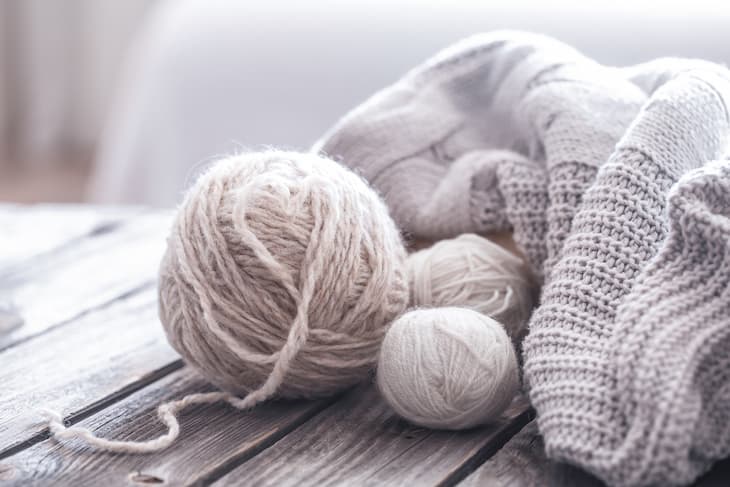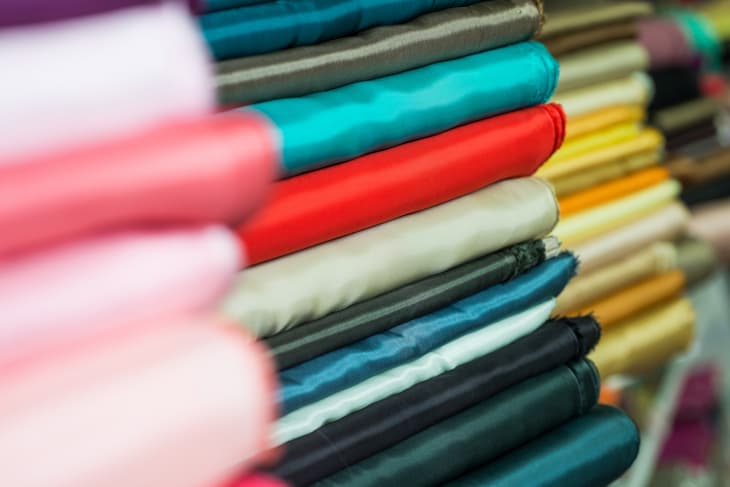Clothes are one of the first things we notice in people. It’s a way to express yourself and your personal style. Even if it doesn’t seem important, it has an impact on how we view people and it helps us form an opinion about them without even having a conversation.
Oftentimes, when we choose our clothes, we focus solely on colour and design, but the material is not something you should overlook. Merino wool and polyester are two popular contenders, with each one having its own advantages and disadvantages.
The Case for Merino Wool

Merino wool is one of the softest materials you’ll ever encounter. It’s a natural fibre made by Merino sheep. Compared to regular wool, it’s softer and thinner, which makes it easier to wear on your skin. A lot of people choose merino wool clothing for everyday attire because it works in every season.
Each fibre naturally aids in controlling body temperature, removes sweat as a vapour, and masks smell. Even though it can be on the expensive side sometimes, merino wool is an investment worth making.
Its fibre is natural because it’s composed of natural compounds and amino acids. As sheep evolved over the years so did the fibre. Now, it can withstand a wide range of temperatures and harsh environments. Because of this, merino wool clothing will keep your body at a stable temperature no matter the weather conditions. It works both ways, for hot and cold climates.
In cold weather, the fibres crimp and trap the air and insulate you. In hot weather, it transports the sweat away keeping you cool, and most importantly, dry. This is particularly important in small children and their sleepwear. Maintaining a stable temperature is crucial for their health.
If you want to layer the clothing during winter, do it with merino only. Don’t combine it with synthetic materials because you will get sweaty and cold. It traps the odours we crate and keeps them from building up.
This is especially important when you’re going on a trip where you can’t pack a lot of clothes. A couple of merino shirts will do the job. One awesome characteristic is its softness. Did you know that a single fibre is 1/3 the diameter of a human hair? This makes it super fine and not prickly.
Compared to synthetic materials, such as polyester, merino wool is biodegradable, which is a great material option for eco-friendly people who care about our planet. It takes about 12 months for it to dissolve in the ground. It also has the ability to block off harmful UV rays, but this depends on the way it’s spun and dyed.
The last amazing characteristic is its fire resistance. The melting point of merino wool is 570-600 degrees Celsius. This makes it one of the most durable natural materials.
The Case for Polyester

Polyester is one of the most popular materials used in fashion, design and interiors. It’s a man-made fabric that changed over the years. It was first introduced in 1941 and became popular very quickly. A general definition for polyester is any fabric that’s derived from petroleum.
It’s a mix of ethylene glycol and terephthalic acid. It might sound very scientific but it’s quite simple. Sometimes, manufacturers combine it with some natural materials, such as cotton. This lowers the production costs and lowers the level of discomfort while wearing it.
It’s one of the most durable materials that doesn’t allow shrinkage and wrinkling. Polyester is excellent for long-term usage in outdoor applications since it is very resistant to environmental factors.
People used and wore it very often in the past but nowadays, because of its harmful impact on the environment, more and more people stray away from it. But it’s not something that’ll be completely gone. It’s still used in almost every fabric blend even in the slightest percentage. There are several different types of polyester materials:
- Ethylene polyester – is the most popular on the market;
- Plant-based polyester – is biodegradable;
- PCDT polyester – is more elastic.
Polyester is resistant to many chemicals and is resistant to shrinking and stretching. The fibres that create it are durable, lightweight and good in retaining their shape. Its dying process is simple and easy.
Plus, the maintenance is not hard because it’s stain-resistant and you can wash and dry it at home in a quick manner. It often gets blended with cotton to prevent the static build-up that can ruin your hair in a second. This polycotton blend has all the good sides of polyester, plus the breathability factor.
It’s moisture resistant, which means, that instead of soaking up the liquid, it wicks it away. When it comes to pricing, polyester is cheaper than merino wool. That’s why many people decide to buy it.
The Bottom Line
After looking at both of the materials and their characteristics, it’s not easy to decide which one is better, even though some people would give merino wool clothing an advantage because of the natural factor. Polyester is more resilient, less expensive, and dries faster. Merino clothing is heavier than polyester clothes.
Merino wool, on the other hand, is softer to the touch than polyester and offers superior odour control and breathability. Whatever you decide, experts advise wearing clothing made of Merino wool for prolonged activities such as hiking, camping and backpacking, due to its excellent odour control and comfort.


















